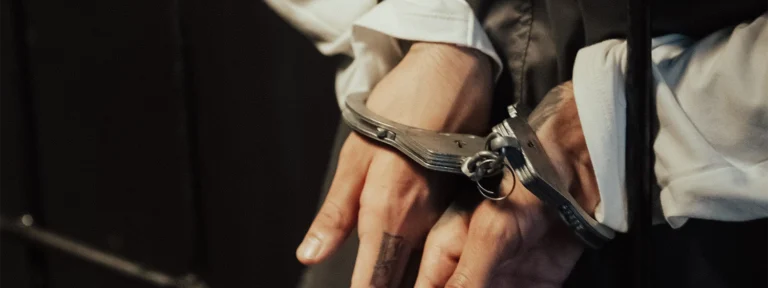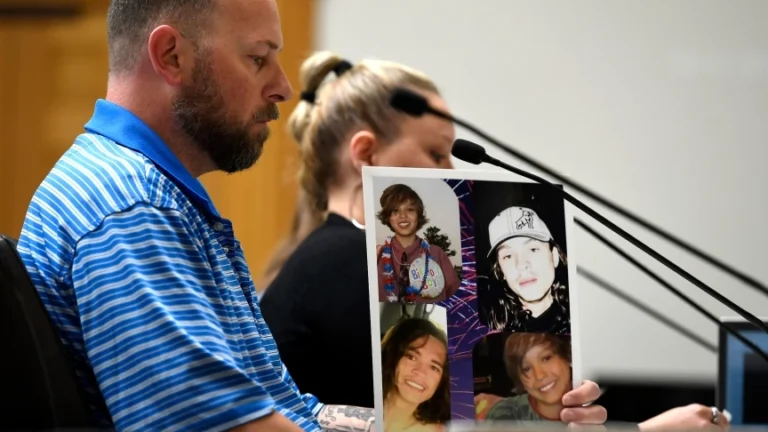Savannah Wolfson: What Will It Take to Fund Our Schools?
Oddly enough, many Democrats are running on a platform of education funding this year. They’ve had a supermajority in Colorado for 6 years, but chose…

Oddly enough, many Democrats are running on a platform of education funding this year. They’ve had a supermajority in Colorado for 6 years, but chose…

One of my closest friends is an artist, a kind and compassionate woman who seeks peace and smiles everywhere she goes. She is also a…

Crime and public safety is a central and growing concern across the nation and here in Colorado. Fentanyl remains the single biggest public safety issue…